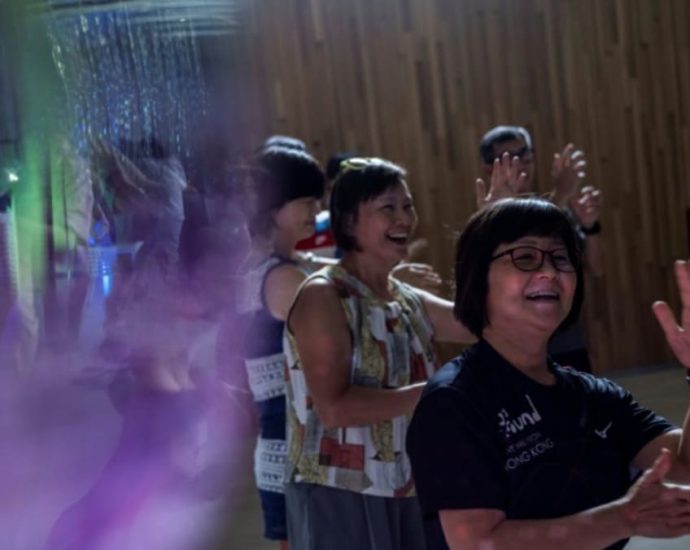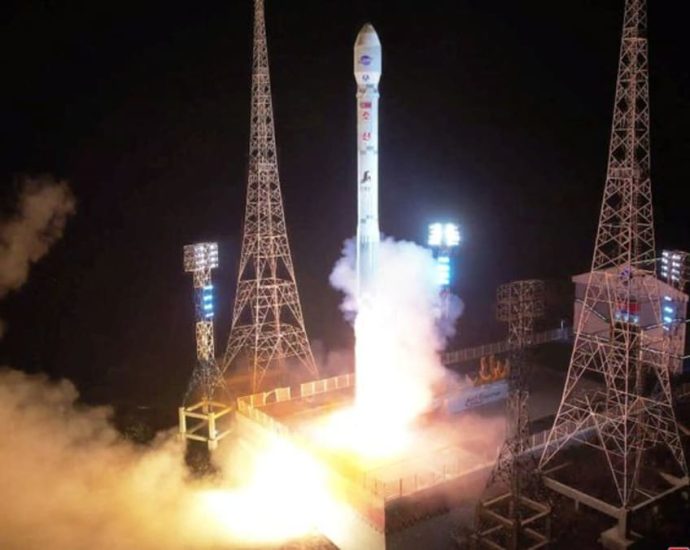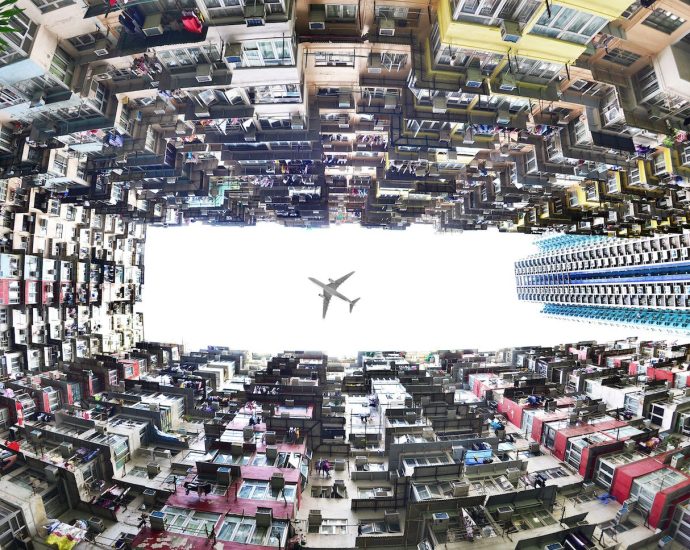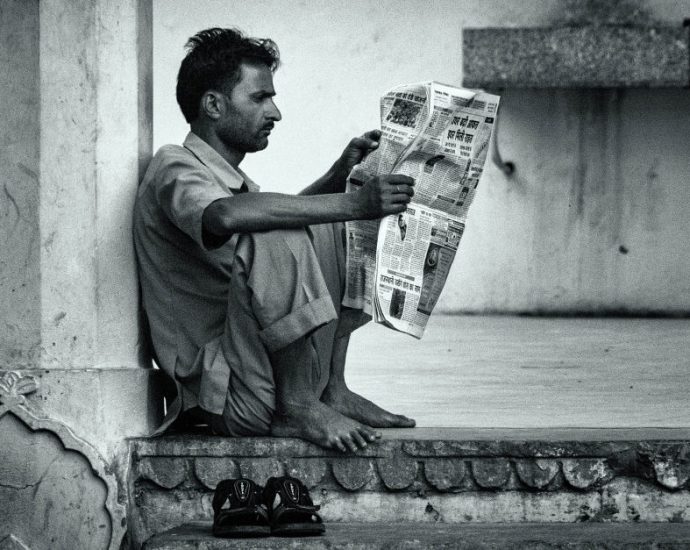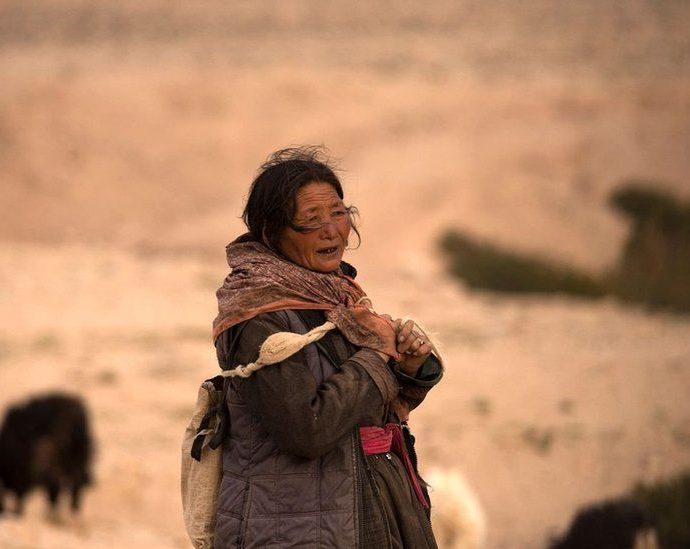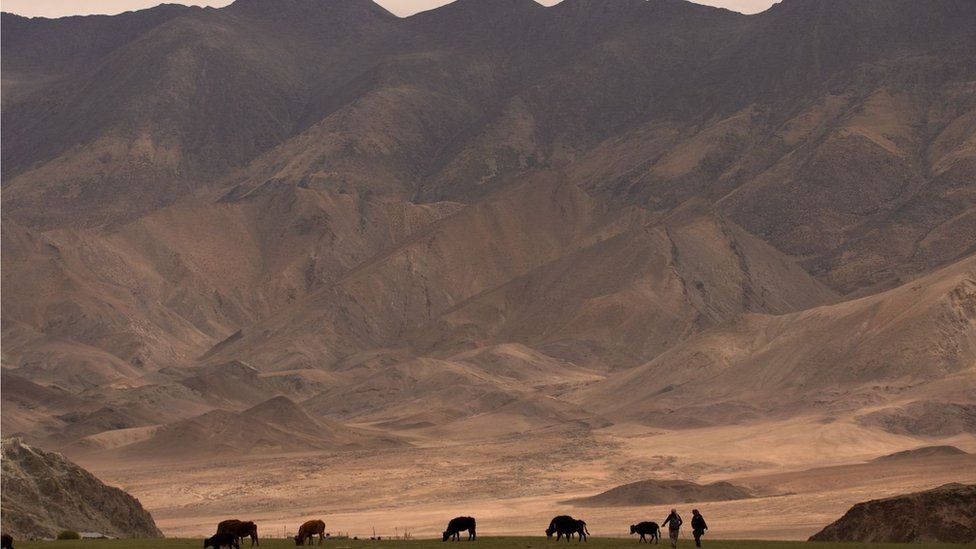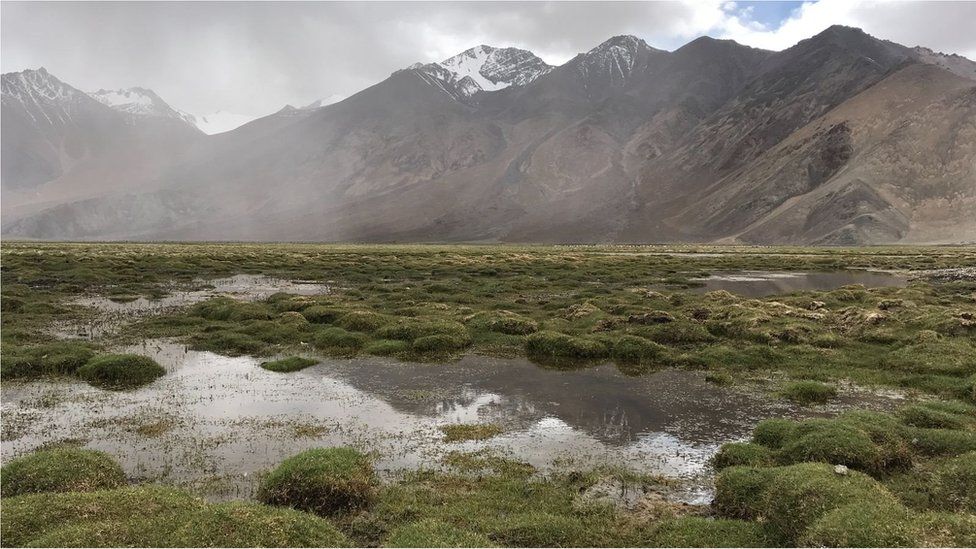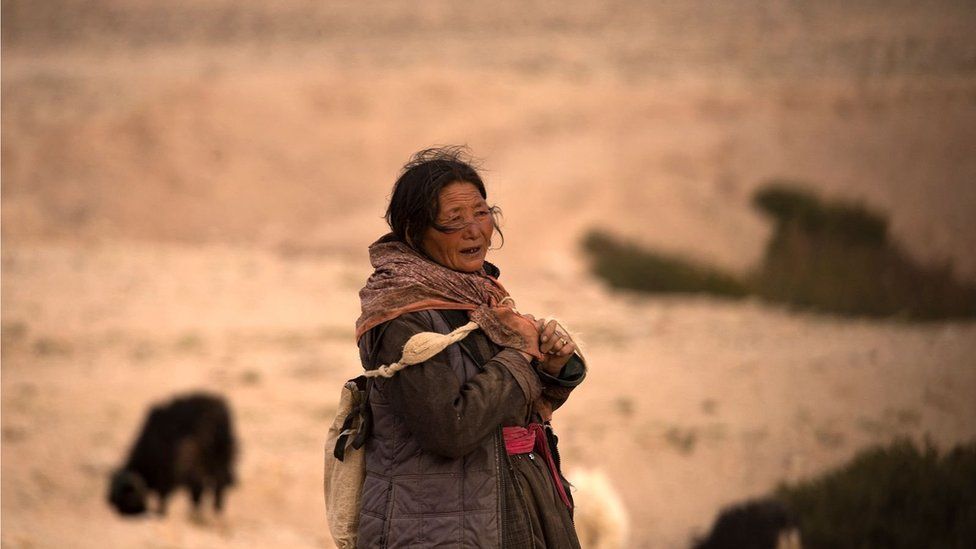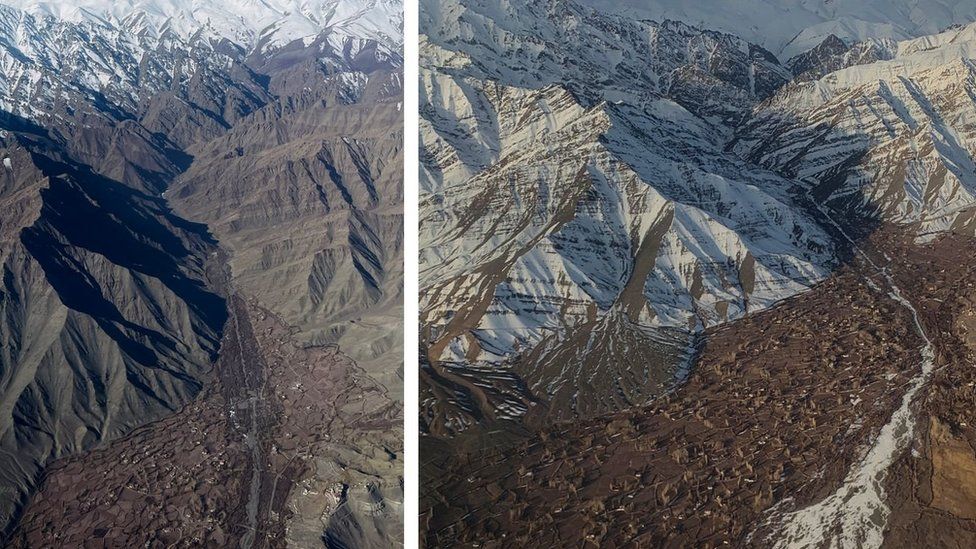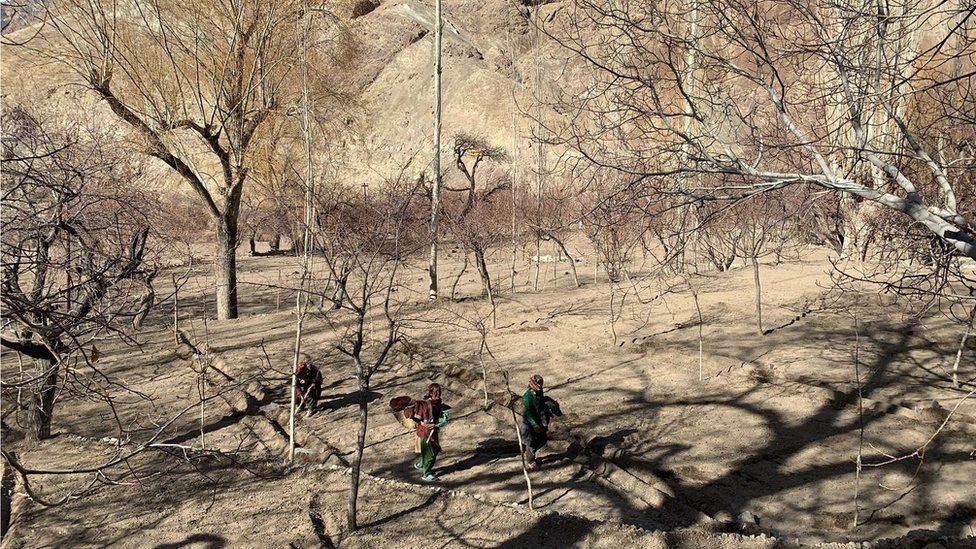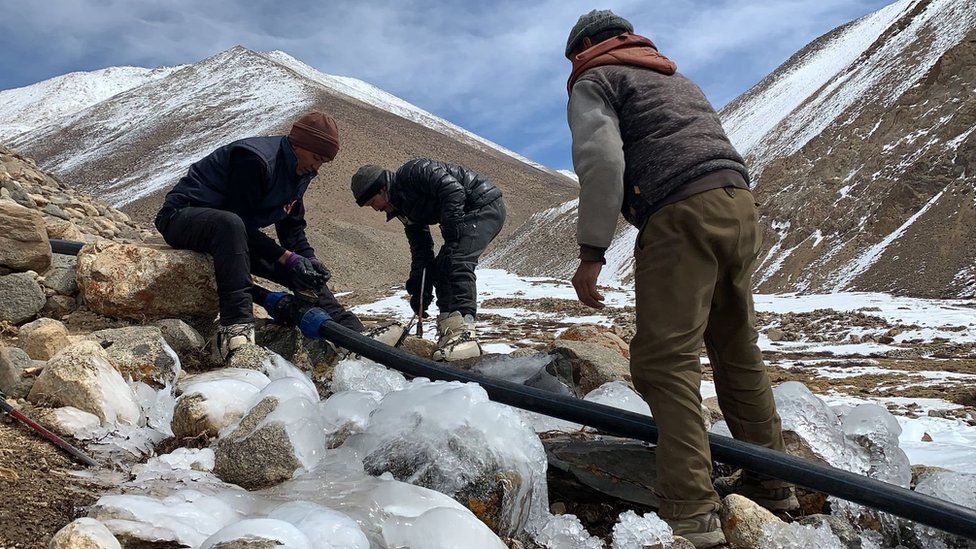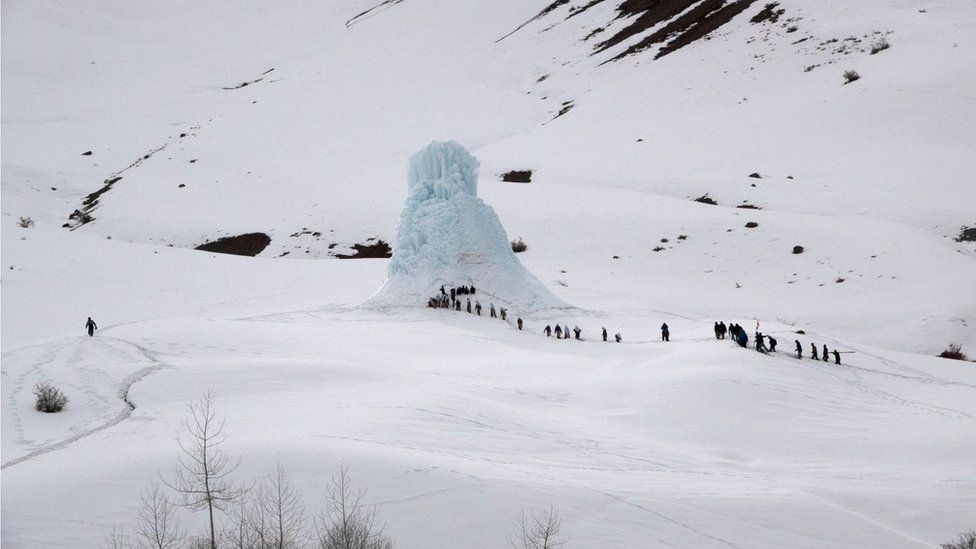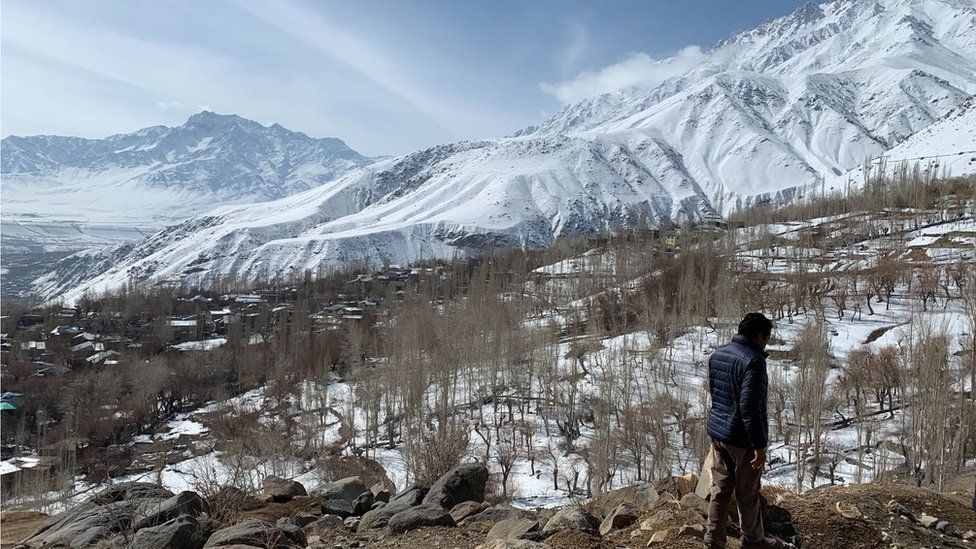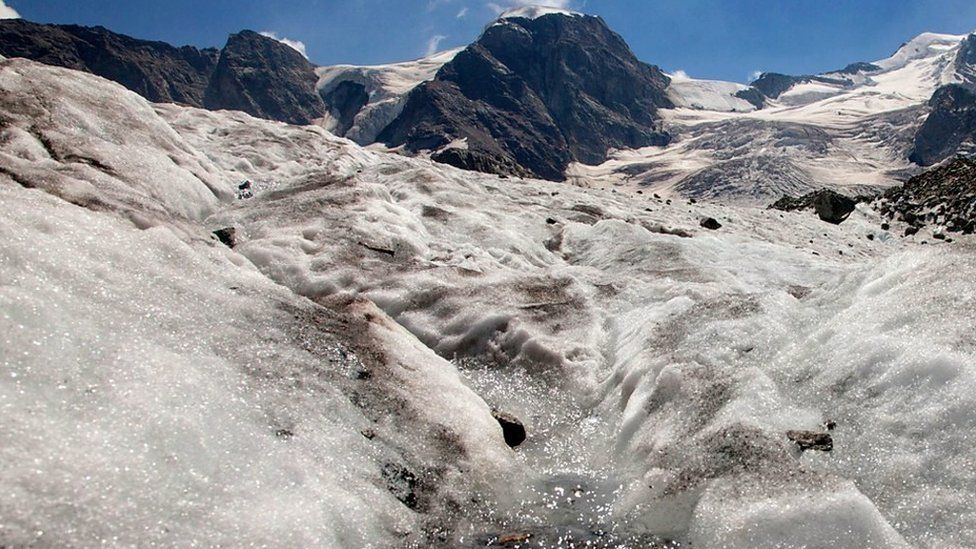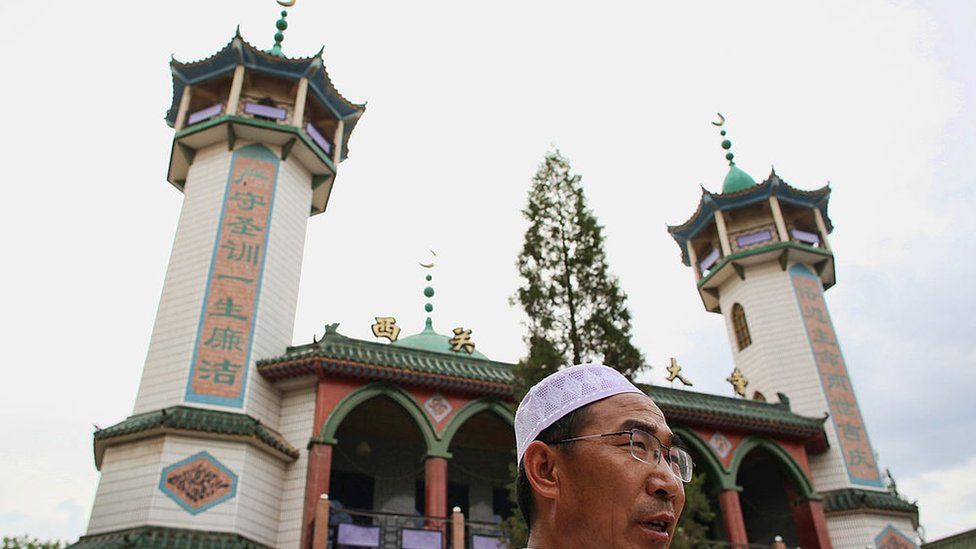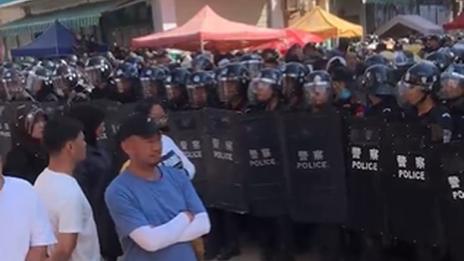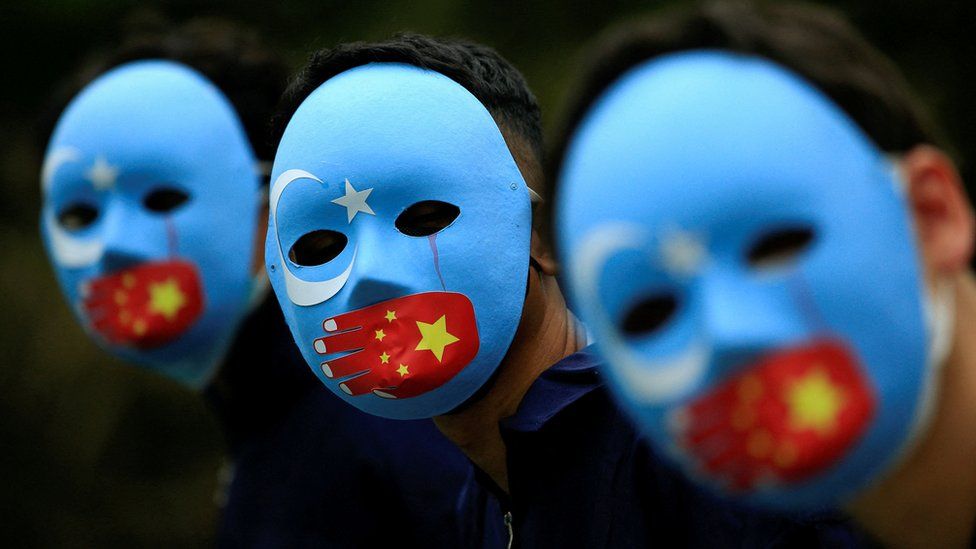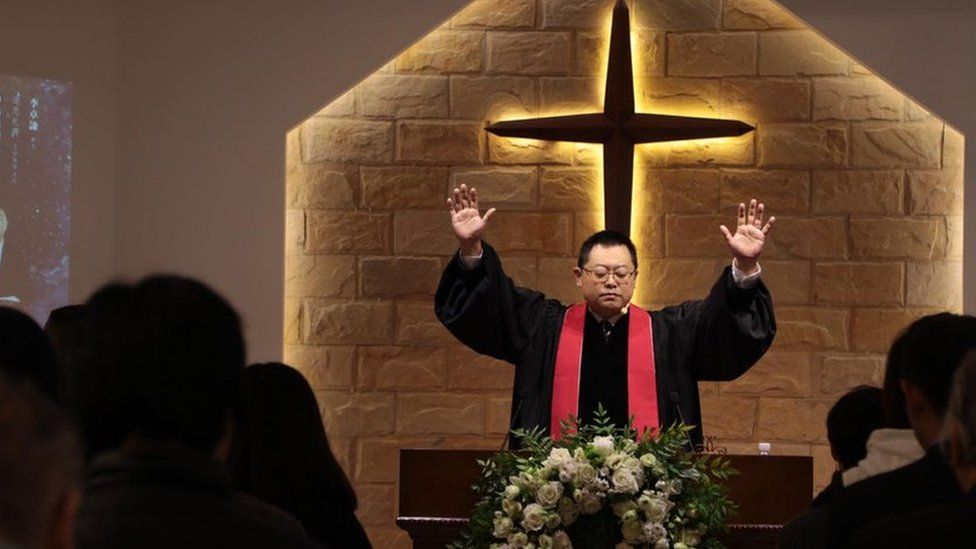Chinese media missing the mark on Myanmar
While many have expressed disappointment with the limited attention from the West regarding Myanmar’s political crisis, it is especially surprising that Myanmar’s neighboring countries have not exhibited more interest.
A perusal of Chinese newspapers – Myanmar’s most substantial neighbor – reveals scant coverage of the Myanmar population’s distress and the resistance forces opposing the military junta, the State Administration Council (SAC).
This media oversight is not a coincidence. Politically speaking, the Chinese government may be apprehensive of its citizens drawing parallels or being influenced by Myanmar’s democratic struggles, especially in an era where information spreads rapidly across digital platforms.
In a heavily censored information environment, Beijing is not interested in providing news coverage about the violence inflicted by the SAC on its citizens or footage of armed rebellions by ethnic armed organizations (EAOs) and the anti-military People’s Defense Forces.
Despite the ongoing civil war, widespread resistance and associated violence, few in China are aware of what is going on in Myanmar. And even though Beijing has significant economic and strategic interests in Myanmar and has a strong preference for stability in the country, Chinese domestic media has been silent since the 2021 coup.
Much of China’s domestic population is not interested in learning about their neighboring countries. Despite China’s rapid ascent as a global powerhouse, there seems to be limited interest in the affairs of less affluent countries like Myanmar, perhaps except from those residing in Yunnan or areas directly bordering Myanmar. Attention is either focused domestically or oriented toward more developed nations in the West and East Asia.
Some of China’s neighboring countries, despite geographical proximity and historical ties, often find themselves overshadowed in public discourse, with their challenges and successes receiving less scrutiny from the average Chinese citizen.
This has inadvertently marginalized the significance of Myanmar’s challenges, relegating them to the periphery of public discourse in China. It is an ironic situation, given the profound implications Myanmar’s stability and political changes hold for China. The woes of Myanmar – from its political upheaval to the struggles of its people – have limited resonance among the Chinese public.
But Myanmar has not disappeared from China’s domestic media coverage. The Chinese public’s primary interest in Myanmar revolves around its role as a hub for criminal networks involved in online scams.
These operations are often based in the border regions Myanmar shares with Thailand and China. These areas are marked by fragmented control among ethnic armed groups, militias and border guards and are exploited by criminal networks.
They primarily target Chinese citizens but also those from other nearby countries, leading to significant financial losses and a surge in related crime. In response, the Chinese government has intensified its law enforcement efforts, either by collaborating with regional governments or directly intervening to combat these cross-border operations.
Myanmar has garnered a negative reputation in China, with some domestic media outlets portraying the country as a “living hell.” Reports often highlight how these criminal networks engage in scam operations, drug production and rampant human trafficking, describing accounts of the mistreatment and suffering of Chinese people.
Some reports even sensationalize accounts of tourists being kidnapped from Thailand and smuggled across the border into Myanmar’s Kayin state.
Public outrage has compelled the Chinese government to adopt a more assertive stance concerning Myanmar’s internal matters. Beijing has pressured the SAC to cooperate in actions related to countering online scams. But Beijing recognizes that many territories where these scam operations are based are not under the SAC’s control.
China has also notably pressured some EAOs in Myanmar for cooperation. In September 2023, hundreds of criminals were repatriated from the Wa state across the Chinese border. At the same time, two Chinese courts have officially charged two leaders from the Wa state for involvement in scam operations. Reports suggest that more will be repatriated to China.
Amid the ongoing developments in Myanmar, China has primarily focused on matters that directly impact its own interests. The broader Chinese public seems either unaware or unengaged with Myanmar’s population and their concerns.
This asymmetrical attention from China towards Myanmar warrants careful consideration in studies of the bilateral relationship between the two countries and in assessing the future of Chinese influence in Southeast Asia.
Enze Han is Associate Professor at the Department of Politics and Public Administration, University of Hong Kong.


